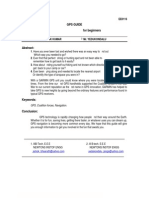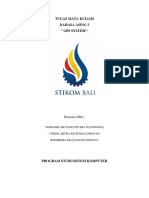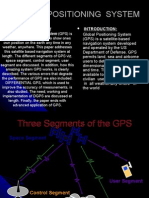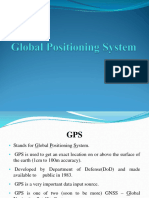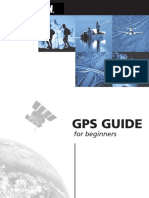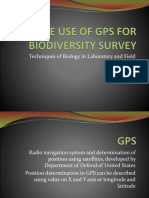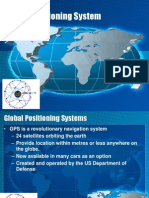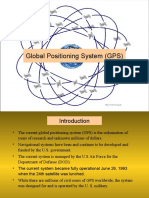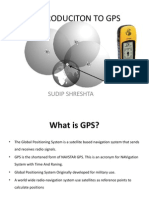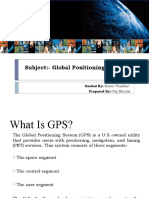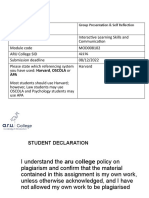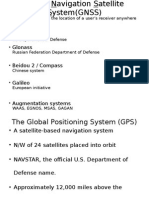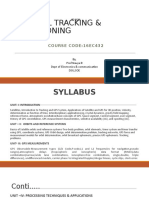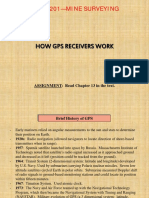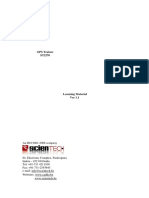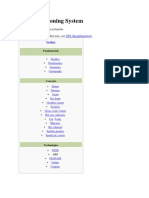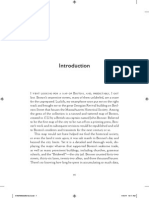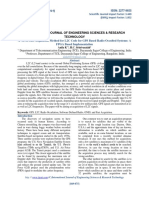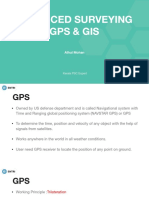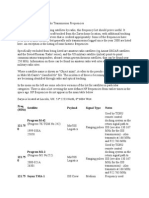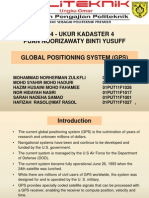0% found this document useful (0 votes)
126 views14 pagesGps Report Raw
GPS uses a network of satellites to allow users to pinpoint their geographic location. It has three segments - the space segment consists of 27 satellites orbiting Earth, the control segment monitors the satellites from stations on Earth, and the user segment comprises anyone with a GPS receiver. Originally developed for military use, GPS is now widely used for navigation, tracking shipments, and many other applications. It has greatly improved upon older navigation methods and transformed modern society.
Uploaded by
guptadivyanshuCopyright
© Attribution Non-Commercial (BY-NC)
We take content rights seriously. If you suspect this is your content, claim it here.
Available Formats
Download as DOCX, PDF, TXT or read online on Scribd
0% found this document useful (0 votes)
126 views14 pagesGps Report Raw
GPS uses a network of satellites to allow users to pinpoint their geographic location. It has three segments - the space segment consists of 27 satellites orbiting Earth, the control segment monitors the satellites from stations on Earth, and the user segment comprises anyone with a GPS receiver. Originally developed for military use, GPS is now widely used for navigation, tracking shipments, and many other applications. It has greatly improved upon older navigation methods and transformed modern society.
Uploaded by
guptadivyanshuCopyright
© Attribution Non-Commercial (BY-NC)
We take content rights seriously. If you suspect this is your content, claim it here.
Available Formats
Download as DOCX, PDF, TXT or read online on Scribd
/ 14



